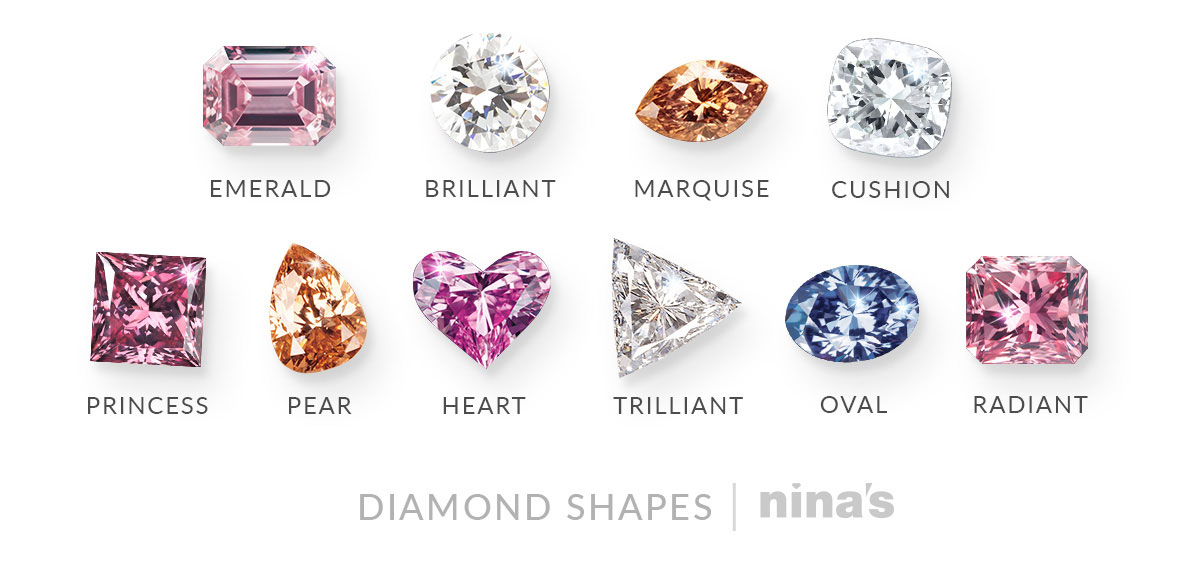Diamonds are available in a wide range of shapes, some more common than others.
The cut of a diamond does not just refer to its external shape. It’s a measure of the polish, symmetry and proportions of a stone. A polished diamond’s beauty lies in its complex relationship with light.
When light strikes a diamond, about 20% is reflected off the surface. Of the light that enters, the cut of the diamond determines the amount of light that reflects back out of the crown to shine and sparkle. A well cut diamond will have each facet properly placed and angled so as to maximise that reflection. The best diamonds come from the work of a highly skilled craftsman.
 Along with fine proportions, a well-cut diamond will have each facet angled to maximise the amount of light that reflects back out of its crown.
Along with fine proportions, a well-cut diamond will have each facet angled to maximise the amount of light that reflects back out of its crown.
In the diagram above three common light patterns are shown. When light meets any facet of a diamond, it will either reflect (bounce back) or refract (bend while passing through the facet). The angle that the light hits the facet determines whether the majority of light reflects or refracts, which is why cut is so important!
Nina’s use the 5 step GIA Cut Scale which ranges from Excellent to Poor.
A diamond’s proportions also affect its light performance, called brightness, which in turn affects its beauty and overall appeal (shown below). Diamonds with fine proportions, symmetry, and polish optimise their interaction with light, and can command a greater price.
A diamond’s proportions, symmetry and polish all effect its brightness.


